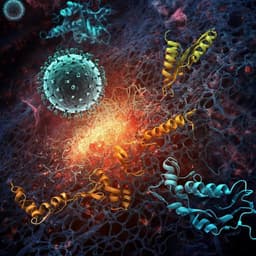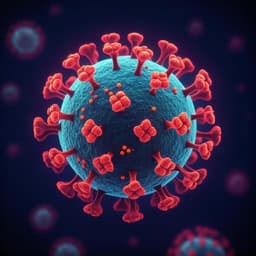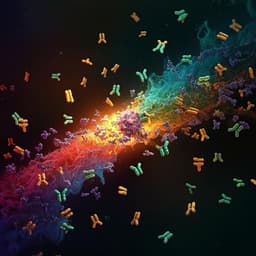
Medicine and Health
Rapid incorporation of Favipiravir by the fast and permissive viral RNA polymerase complex results in SARS-CoV-2 lethal mutagenesis
A. Shannon, B. Selisko, et al.
This research reveals how Favipiravir exerts its antiviral effects against SARS-CoV-2 through lethal mutagenesis, inducing genomic instability and viral inhibition. Conducted by a team of experts including Ashleigh Shannon and Barbara Selisko, this study highlights the importance of viral RNA incorporation rates in combating the virus.
~3 min • Beginner • English
Related Publications
Explore these studies to deepen your understanding of the subject.







